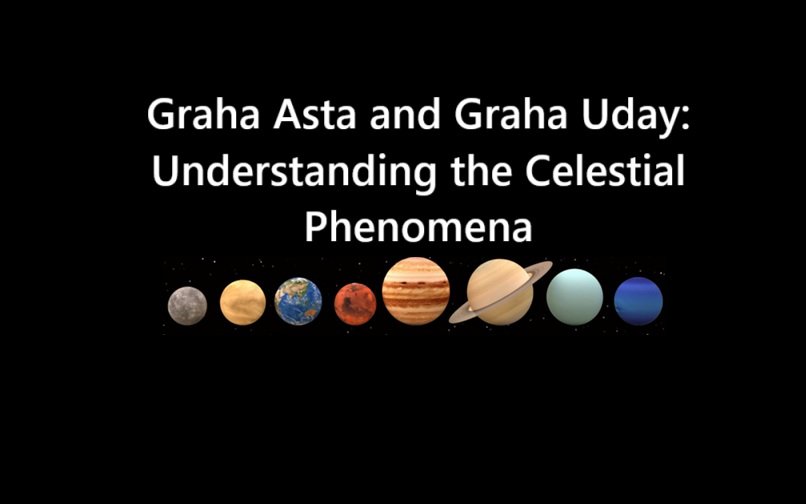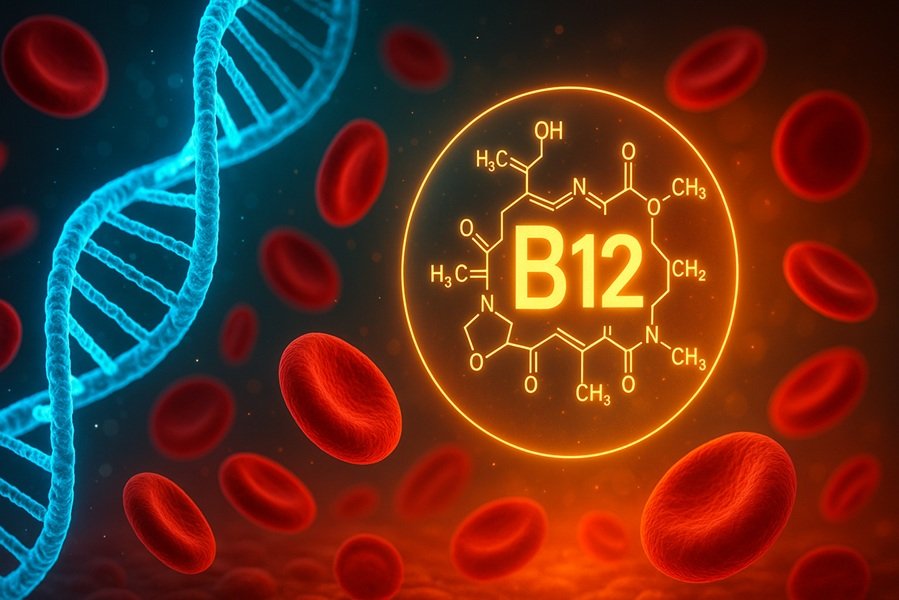
Introduction
In Vedic astrology and astronomy, celestial events play a crucial role in shaping planetary influences on human life. Among these events, Graha Asta (Planetary Setting) and Graha Uday (Planetary Rising) are considered highly significant. These terms refer to the apparent disappearance and reappearance of planets in relation to the Sun.
- Graha Asta (Planetary Combustion): A planet is said to be in Asta (Combustion) when it comes too close to the Sun and becomes invisible to the naked eye.
- Graha Uday (Planetary Rise): A planet is said to be in Uday (Rise) when it reappears after combustion and is visible again.
Understanding these phases is important for astrological interpretations, rituals, and decision-making in various aspects of life.
What is Graha Asta (Planetary Combustion)?
Graha Asta, or planetary setting, occurs when a planet moves too close to the Sun and is no longer visible in the sky. In Vedic astrology, this is considered a period of reduced planetary strength, as the planet is believed to lose its effectiveness due to the overpowering radiance of the Sun.
Causes of Graha Asta
- The apparent setting of a planet is due to its proximity to the Sun.
- The planet’s light is drowned out by the Sun’s intense brightness.
- Different planets have different combustion limits, meaning they become combust at varying degrees of proximity to the Sun.
Combustion Degrees of Planets
Each planet has a specific degree of proximity to the Sun at which it is considered combust:
- Mercury: 14° (12° when retrograde)
- Venus: 10° (8° when retrograde)
- Mars: 17°
- Jupiter: 11°
- Saturn: 15°
- Moon: 12°
The closer a planet is to the Sun within these limits, the more combust it is considered.
Effects of Graha Asta
- Weakening of Planetary Influence: The combust planet loses strength in delivering its astrological effects.
- Challenges in Related Areas: For example, if Venus is combust, it may cause issues in love, relationships, and financial matters.
- Inauspicious for Important Activities: Planetary combustion is considered unfavorable for starting new ventures, marriages, or significant rituals.
- Spiritual Challenges: A combust planet may bring internal conflicts and delays in achieving goals.
Astrological Remedies for Combust Planets
- Mantras: Chanting specific planetary mantras, such as ‘Om Shukraya Namah’ for Venus or ‘Om Budhaya Namah’ for Mercury.
- Donating Items: Offering items related to the planet, such as sesame seeds for Saturn or yellow clothes for Jupiter.
- Performing Pujas: Conducting specific Vedic rituals to strengthen the planet’s influence.
- Wearing Gemstones (Cautiously): Certain gemstones may help, but consulting an astrologer is essential before wearing them.
What is Graha Uday (Planetary Rising)?
Graha Uday, or planetary rising, occurs when a planet moves far enough from the Sun to become visible again. This marks the recovery of planetary strength and is considered an auspicious event in astrology.
Significance of Graha Uday
- Restoration of Planetary Power: The planet regains its ability to influence human life positively.
- Good Time for New Ventures: Important activities such as marriages, business launches, and religious ceremonies are often scheduled after a planet’s Uday.
- Strong Benefic Influence: If a benefic planet like Jupiter or Venus becomes visible, it is considered highly auspicious.
- Karmic Resolution: The challenges faced during a planet’s combustion phase start resolving after its rise.
Observing Graha Uday
- Vedic astrology marks the reappearance of planets carefully and considers it in muhurta (auspicious time) calculations.
- The period following a planet’s rise is often associated with renewed energy, optimism, and progress.
Combustion and Rise of Major Planets: Effects on Zodiac Signs
The setting and rising of planets affect different zodiac signs in various ways. Here is a general outline:
Sun:
- Asta: Ego struggles, loss of authority, weakened health.
- Uday: Rebirth of confidence, leadership, and vitality.
Moon:
- Asta: Emotional instability, confusion, inner turmoil.
- Uday: Mental clarity, emotional strength, and intuition.
Mercury:
- Asta: Miscommunication, difficulty in decision-making.
- Uday: Clear thinking, better speech, and intelligence.
Venus:
- Asta: Relationship issues, lack of harmony, financial troubles.
- Uday: Romantic growth, improved social interactions, financial recovery.
Mars:
- Asta: Reduced courage, lack of motivation, conflicts.
- Uday: Increased energy, confidence, and determination.
Jupiter:
- Asta: Challenges in wisdom, knowledge, and expansion.
- Uday: Spiritual growth, prosperity, and luck.
Saturn:
- Asta: Delays in progress, karmic struggles, obstacles.
- Uday: Stability, discipline, and perseverance return.
Practical Applications in Vedic Astrology
The knowledge of Graha Asta and Graha Uday is used in:
- Determining Auspicious Muhurtas: Astrologers avoid starting important activities when benefic planets are combust.
- Electional Astrology (Muhurta): Selecting the best planetary positions for successful events.
- Horoscope Interpretations: Evaluating the strength and impact of planets in a birth chart.
- Remedial Measures: Applying specific remedies to mitigate the effects of combust planets.
Conclusion
Graha Asta and Graha Uday are two essential celestial phenomena that significantly influence astrology. While a combust planet loses its strength and brings challenges, its rise signifies renewed energy and positive transformation. Understanding these planetary transitions allows individuals to make informed decisions, follow astrological remedies, and harness the cosmic energy effectively for success and well-being.
By incorporating this wisdom into daily life, one can navigate obstacles during planetary combustion and capitalize on the positive energies after planetary rise, ultimately leading to a more harmonious and prosperous existence.







